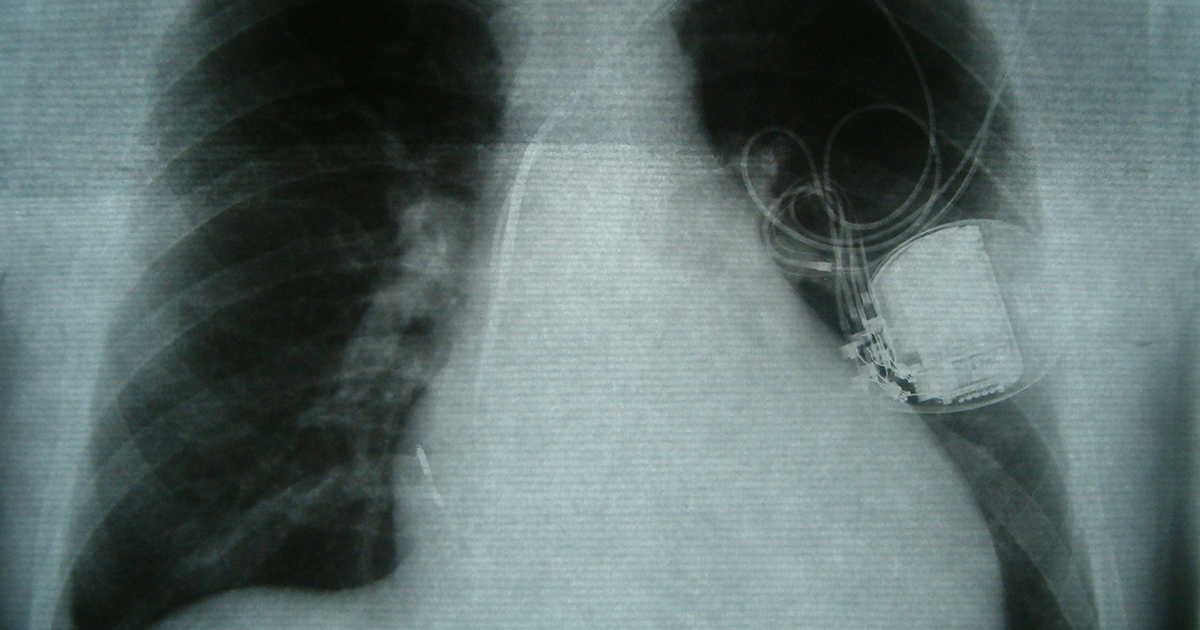How To Effectively Treat Cardiomyopathy
Cardiomyopathy is a group of diseases that affect the heart and can cause serious health problems. Typically, the muscle in the heart becomes enlarged and thickened in a way, making heart function challenging. In some instances, it can trigger heart attacks and other life-threatening problems. This is why it is so critical to understand the many treatments for cardiomyopathy. Understanding the major treatments can make it easier for patients to make an informed decision regarding how they wish to proceed. It provides patients with the knowledge to understand what the doctors believe is the best choice and understand the goals of treatment more fully. Get to know the major treatments for cardiomyopathy now.
Heart Healthy Lifestyle

Cardiomyopathy is often triggered when you live a lifestyle that is not healthy for your heart. For instance, obese individuals are more likely to experience this health problem. Those who engage in other unhealthy activities, such as smoking, are also seriously putting themselves at risk for developing cardiomyopathy or worsening the symptoms of an already-existent condition.
As a result, the first step in managing cardiomyopathy is to change your lifestyle to support heart health. For example, quit smoking, stop drinking, exercise regularly, and eat foods that increase good cholesterol while cutting out what increases unhealthy cholesterol. These activities are all very simple and should be easy for most individuals to commit to when managing cardiomyopathy. Talk to your doctor about which activities are right for your lifestyle. For example, they may find that your cardiomyopathy is too strong for regular exercise. Regular checkups at least once every three to four months can ensure you remain healthy and your cardiomyopathy symptoms are being adequately managed.
Continue for the next effective method of treating cardiomyopathy.
Heart Medication

While changing your lifestyle may help manage minor symptoms of cardiomyopathy, it may not reverse the symptoms. Thankfully, there are many types of medications available that can help, including angiotensin-converting enzyme inhibitors. These medications are designed to widen a person's blood vessels to increase their blood flow. They also block the release of angiotensin, which is a chemical hormone that can further damage the heart and cause its muscles to get even thicker than this disease can thicken them.
Other medications used for treatment include beta blockers and diuretics. The first type is designed to calm your heart and decrease its muscular strain. Diuretics manage fluid buildup and reduce the swelling in the heart. Keep in mind these medications are intended to treat the symptoms of cardiomyopathy, but not the disease itself.
Keep reading to uncover another way to treat cardiomyopathy.
Pacemaker Or Defibrillator

These medical devices are designed to monitor heart rhythm and to make sure it doesn't get erratic. Weak or rapidly-changing heartbeats are a common problem with those who have cardiomyopathy, and when a pacemaker or defibrillator notices your heartbeat is irregular or unsafe, it will send a light shock to it to regulate it.
This method often works best when paired with heart medication and a heart-friendly lifestyle. Like other methods of care, though, this one is designed to manage the symptoms of the disease. Unfortunately, it won't decrease the thickness of your heart muscles. This treatment is most appropriate for those who already have heart problems requiring the use of a pacemaker. However, studies have shown improving a person's heartbeat can also minimize some of the severe heart pressure and strain that triggers cardiomyopathy in the first place.
Continue for more on treating cardiomyopathy effectively.
Surgery

Patients whose cardiomyopathy has advanced beyond medication often turn to surgery to manage this issue. Septal myectomy is probably the most common of the operations available. It involves opening up the chest to cut away thickened heart muscle. This muscle is carefully trimmed, not removed, to ensure no cardiac arrest occurs.
Once this surgical treatment is finished, the blood should flow more efficiently throughout the heart. This treatment is most often focused on the septal wall of the heart located between the left ventricle and aorta. Most patients who receive this type of therapy will feel an almost immediate improvement in their cardiomyopathy symptoms and may be able to do many things they were unable to due to the disease.
One nice thing about this method is it's minimally invasive, as the heart is not exposed the way it would be in open-heart treatments. Instead, a small cannula is inserted into a small incision on the chest to inspect the heart and cut away the thickened muscle.
Continue for the next significant way to treat cardiomyopathy.
Heart Transplant

When all other treatments for cardiomyopathy fail or if the condition is too serious to manage with other methods, a heart transplant considered. In fact, this treatment method has become more common over the last decade or so. According to statistics from the International Society for Heart Lung Transplantation, only 0.7 percent of patients with this disease were given a heart transplant in the 1990s. In the 2000s, this level rose to 2.2 percent.
The increase in heart transplants is because this surgical method has been tweaked and improved over the years. In the past, many potential transplant patients were denied due to their age and the fear a transplant would kill them. However, improved surgical skill and a better understanding of the procedure has made it possible for more individuals to receive this treatment.
Transplants are particularly common with individuals who have restrictive cardiomyopathy (or RCM) instead of dilated cardiomyopathy (or DCM) because this problem causes a restriction in the heart muscles that can be hard to manage with other treatment methods. Some believe heart transplants may be the best option for those with this disease.